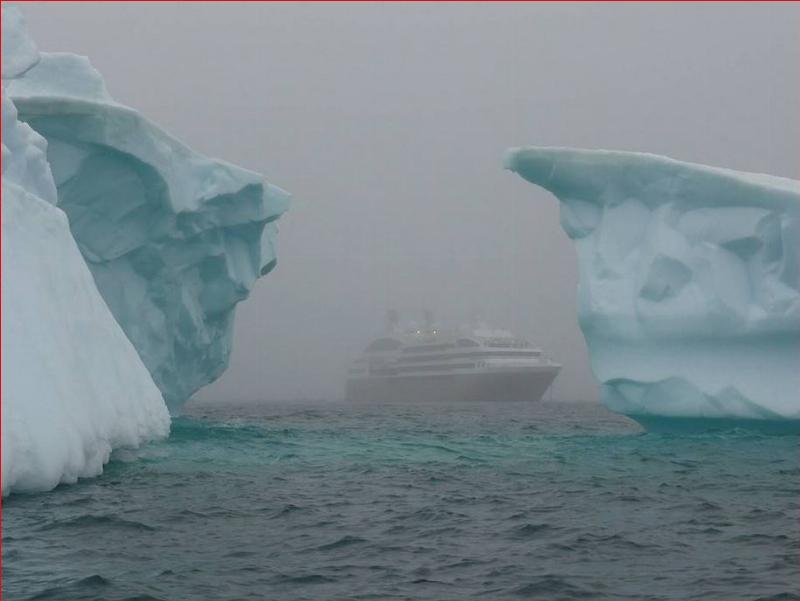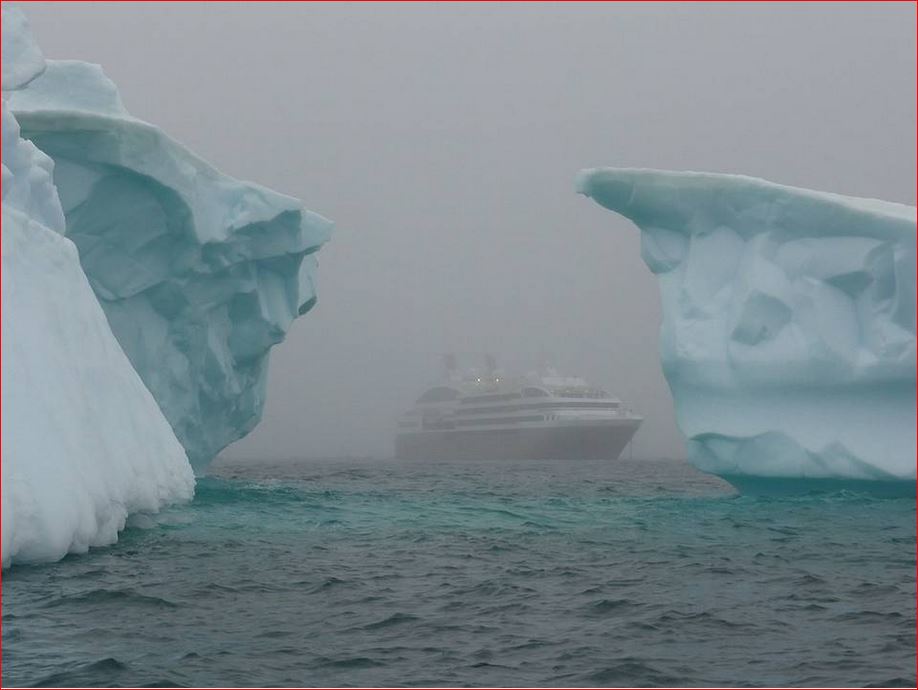

Photo Credit:Antarctica icebergs cruise ship
picryl / pixabay
Some observations from a former congressional staffer about how practically and viably this could be done.
Recently, the incoming Trump administration has expressed a desire to expand the territory of the United States.
One option for achieving this is the annexation of Marie Byrd Land, a region of Antarctica that is currently unclaimed by any nation and whose exploration was pioneered by the U.S.
Annexing this land can be done in a realistically achievable manner and would deliver practical gains.
Marie Byrd Land is a region in West Antarctica that currently comprises the largest unclaimed piece of land on the surface of Earth. The U.S. Geological Survey (USGS) describes it as stretching east of the Ross Ice Shelf and the Ross Sea and south of the Pacific Ocean, extending eastward approximately to a line between the head of the Ross Ice Shelf and Eights Coast.
It has an area of about 620,000 square miles. It was named in 1929 by Richard E. Byrd in honor of his wife Marie. Richard E. Byrd was an American who led several exploration missions to Antarctica, with his first expedition in 1928 and his last expedition in 1956.
On Dec. 1, 1959, the Antarctic Treaty was signed and in 1961 went into effect and set the basic criteria for how Antarctica has been governed since. Under Article IV of the treaty, most of the territorial claims at the time were frozen as it states, “No new claim, or enlargement of an existing claim, to territorial sovereignty in Antarctica shall be asserted while the present Treaty is in force.”
However, this does not apply to the United States because the U.S. reserved the right to claim territory in Antarctica.
The April 7, 1959 National Security Council Report NSC 5905/1 “Statement of U.S. Policy On Antarctica,” declares that “the United States on numerous occasions in diplomatic notes and publicly has expressed its policy of reserving all its rights in the area” and that “one possible course of action for the United States to pursue in protecting its rights and interests in Antarctica would be to assert specific territorial claims of sovereignty in Antarctica.”
In the policy guidance section of the NSC report, it explicitly states “if required at any time for the protection of U.S. interests, claim the unclaimed area of Antarctica and reserve U.S. rights in the areas claimed by other powers or make claims in such areas as deemed appropriate.” The report also notes that “the United States has important potential claims based on discovery, and exploration, scientific and other activity, both within the other national claims and in the unclaimed sectors” and goes on to further discuss the details supporting the basis of those claims.
This report detailing reserved claimant status enables the US to claim any unclaimed land in Antarctica if it wants.
In 1980, the Convention for the Conservation of Antarctic Marine Living Resources was passed, which regulated fisheries south of the 60th parallel south, and is enforced by the Commission for the Conservation of Antarctic Marine Living Resources (CCAMLR). The CCAMLR has established Marine Protected Areas in several areas around Antarctica, with the South Orkney Islands in 2009 and the Ross Sea in 2011, and several others have been proposed.
However, Exclusive Economic Zones (EEZ) generally extend 200 nautical miles from shore. This means that for resources between the 60th parallel south and 200 nautical miles out, the US would have exclusive rights over them.
This would give the U.S. control over fisheries in the EEZ. That area has large populations of commercially exploitable sea life. One of these is krill, which is used in nutritional supplements such as krill oil, as well as being used as feed for farmed fish. Another of these is Chilean Sea Bass, which is widely consumed as food.
These resources are currently being harvested by fishing vessels from multiple countries. Annexation of Marie Byrd Land would enable the U.S. to establish a managed fishery in that section of ocean that would ensure that those sea life resources would be harvested in a more sustainable manner and that the U.S. would be the one benefitting from it. These sea life resources would be able to be harvested soon after annexation. Additionally, there is the theoretical potential for oil and gas deposits, large amounts of which have been found relatively close by in the waters of British Antarctic Territory in 2024.
The Antarctic Treaty is set to expire in 2040. If it is not renewed, then the U.S. would have the opportunity to exploit natural resources on the mainland of Marie Byrd Land directly as well. A 1974 study conducted by the USGS titled “Mineral resources of Antarctica” conducted throughout the whole of Antarctica found that Marie Byrd Land has large coal deposits, as well as many sites that have the potential for geothermal energy production.
Annexing Marie Byrd Land in Antarctica would advance the goal of the Trump administration to expand the territory of the United States. It would also deliver practical gains both during the Trump administration and in the future.
Zachary Leshin is a former congressional staffer who has worked extensively in foreign policy.
Image: Pixabay, via Picryl // Pixabay License





